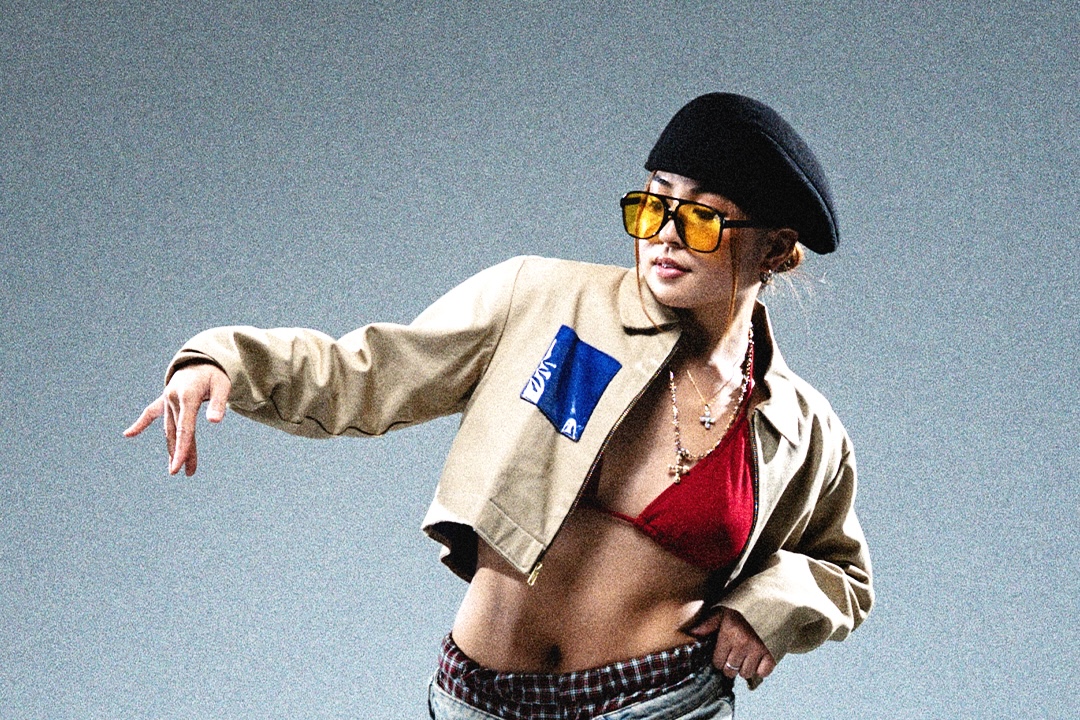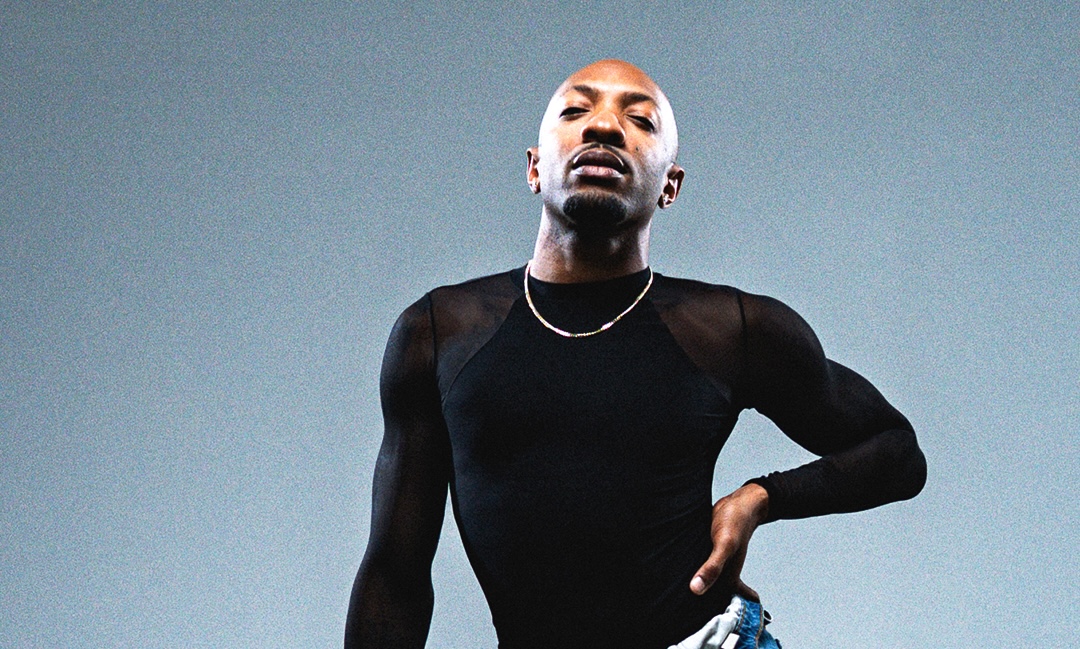Taking a dance class is one of the best ways to improve your dance skills.
If you have access to a studio or classes, then read this section to learn how to take a dance class!
Looking for a dance class in your area
Don't have a dancer friend who can introduce you to different dance classes?? That's okay! That's what the internet is for.
Do a Google or Yelp search using key words like "Dance classes in ____" or "Dance studios in _____" or "Hip hop classes in _____"
Once you have a list of nearby dance studios, go on their websites to see what kind of class offerings they have.
If they don't have a website, then call the studio and ask for their schedule. This way, you can ask more questions while you're on the phone, too.
Instagram is is a great tool for finding dance studios and dance classes, too!
If you notice flyers or class videos (either in your personal feed, or through Instagram's "Explore" page), click on the location link, and you can see where the studio is located.
Better yet, if the studio itself has an account, you can look at their class schedules and instructors to find out more.
Finally, lurking skills from stalking your crush is coming in handy!
If you like the instructors / classes offered, or the vibe of the studio, then add that into your list of prospective studios to take class at.
Which dance class should you take?
Once you've secured the place where you'll be taking your dance class, you need to decide which class to take.
Bailey Sok gives tips on choosing a dance class in this video.
A few things to keep in mind:
If you're just starting to dance, look for a "Beginner" level dance class
Even if you're not a beginner dancer, read Why Every Dancer Should Take A Beginner Dance Class
There will be different styles of dance classes, even within an "umbrella" style
Jazz funk? Popping? Locking? Advanced choreography? So many different genres fall into "hip hop" or "street styles" or even "urban dance."
Confused about these labels?
Read these articles:
Watch these classes at the studio or look for YouTube for examples of that style. If you're not sure what you like, try out a variety of different styles!
You don't know what you like until you try it!
How to prepare to take a dance class
Once you've decided on your dance class (where / when / which one), it's time to get ready.
Choose an outfit that is loose and comfortable, but one that you still feel confident in. By no means do you have to follow the latest trends in "dancer fashion."
The only thing that's a must is comfy shoes.
Once you get to the studio, register for your dance class at the front desk, pay for your "Drop-In" class, and wait for the room to be ready.
If there are back to back classes at the studio, another class will be exiting as you're waiting to enter.
When you get inside, put your stuff down and hang out until the dance class starts. You can start stretching, or talk to other dancers in the class.
You'll probably start to feel a teensy bit nervous right about now.
Remember:
It's all about your mindset!
Take a deep breath and remind yourself that a class is called a class for a reason: you're there to learn!
So instead of being intimidated by the idea of trying something new, get excited to start learning.
Get more tips for taking a dance class in this video!
What to know when you take a *dance class
*Note: these are most common in Choreography classes.
The choreographer will most likely start by introducing themselves and lead a quick warmup / stretch.
Aside from the actual learning process (which we'll talk about in the next section), there are a few "class etiquette" notes to keep in mind:
Ask questions
If you're struggling with a move, it's perfectly fine (encouraged, even!) for you to ask questions. But don't do this in excess!
Try and figure out the answer yourself first by looking closer at the move, trying it out in different ways... If you still need clarification, then ask.
Switching lines
When the choreographer says to "switch lines" – if you're in the front of the room, move to the back, and vice versa.
This is to ensure that everyone gets a fair chance at having a good view of the choreographer throughout the class.
Switching inside / out
In addition to switching lines, the choreographer might also ask the class to switch "inside out" / "outside in." It's exactly like it sounds.
If you're toward the middle of the room, move closer to the walls, and vice versa.
In general, it's good to move around the room while you take class, regardless of whether the choreographer is telling you to or not.
It helps you to not grow dependent on your position to learn or execute.
Sitting down
There are a few cases where you'll have to take a seat during the class.
1. When the choreographer is demonstrating the moves they taught and you're in the front of the room. We do this so that, when the choreographer first matches the moves to the music, everyone can see what the choreography is supposed to look like.
2. If the studio is too crowded, and the choreographer needs to demonstrate the choreography for the "back half" to see. It's easy to follow the choreographer if you can actually see what they're doing, but often the people in the back of the room have limited vision (especially when it comes to intricate details or footwork). We have the front half of the room sit down while the choreographer can teach the back half of the room, then have the whole class join in once everyone "gets" it.
What the choreographer means...
When they say to "Watch"
This is when it's polite for the people in the front of the class to take a knee/seat.
Even if you know the moves, really WATCH the choreographer demonstrate the piece.
Take note of where the piece counts in, the true tempo of how fast the song goes, and how the choreographer is hitting each move.
The closer you pay attention, the better you'll know how to execute the moves.
When they tell you to "Mark it"
Marking means doing the piece, but with less energy.
Be more conscious of the music, timing, and where your body placements are rather than releasing your bankai.
The choreographer might use percentages to indicate how much energy you should be putting into your mark.
Example: "Let's go just 50% for this first run-through!" or "Mark it around 80%"
When they say to go "Full out"
All right, THIS is when you go 100% with your energy.
Think of it as the most you can do for everything: cleanliness, timing (that you should've perfected in your mark), but now with POWER.
After you take a dance class
A class experience is not limited to just learning choreography. After all the moves are taught, there will be a few things the choreographer has you do.
Groups
This is when the room is divided into sections, and that group will perform the piece as the other students watch. This can get intimidating!
But it's also an integral part to your growth. Push yourself outside of your comfort zone and just go for it!
Read this: How To Dance With More Confidence
Select group
The choreographer may or may not call out a "select group" – a group of students that they noticed and want the rest of the class to watch.
The selected dancers may have been really clean, not so clean but performed the crap out of it, had a lot of personal style, or were just fun to watch.
There are so many reasons you can get chosen or not for a select group, so don't overthink it!
If the choreographer calls out a "any 10 people" or "any 5 people" to be in a group, and you feel comfortable with the piece, you should volunteer to go up!
Wanna get picked? Do these 9 Ways To Stand Out In Dance Class
Recording class footage
Don't be surprised if someone (either the studio staff, another student, or a parent) is recording you dance.
The studio sometimes does this to promote their classes, and students/parents often do this for personal keeping or to post on social media... (let's be real)
And if YOU want to record yourself, ALWAYS. ALWAYS. ALWAYS ask the choreographer first if that's okay. If they say no, don't.
And if they say yes, clear it with the studio staff too. ONLY then, ask someone to record you so you can critique (or appreciate) how you did.
And post it on Instagram. Live your life. Yas queen.
Choreographer's solo
At the very end of the class, the choreographer will most likely perform the piece. Honestly, the best thing to do here is just watch.
Put your phone down, don't think about comparing it to how you did it, just watch and be amazed / inspired~
Saying thank you to the choreographer
Once you pick your jaw up from the dance floor, make sure to line up to thank the choreographer.
You can introduce yourself, ask a question, or take a picture if you want.
But if there is a long line of people behind you, the more polite thing to do is to keep it short and sweet.
If you really enjoyed the piece and want to keep practicing it (which we highly recommend you do), then ask the choreographer for the song title and artist so you can practice it later.
Phew! So there you have it. The complete guide on how to take a dance class. Hope this helped you understand how to take a dance class, and that you go and DO IT! Enjoy your first steps!
Next, we'll answer your questions on how to train if you DON'T have any studios, or if you're too busy, too broke, too whatever.

-min.avif)








